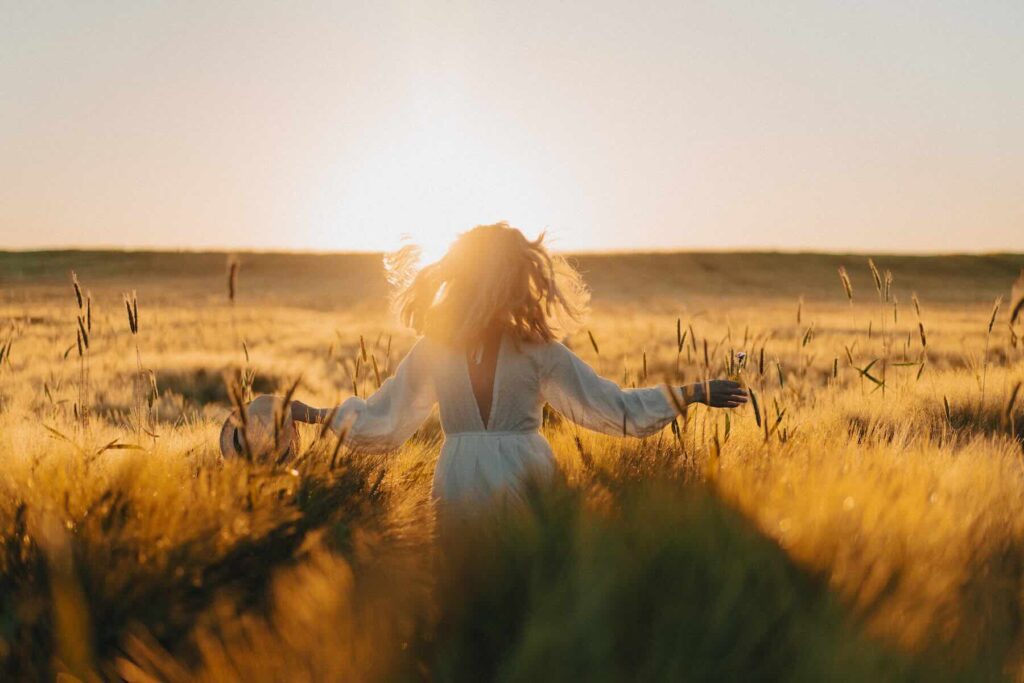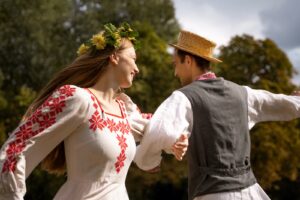On June 21, the world will once again witness a natural phenomenon that has been celebrated for thousands of years: the Summer Solstice.
This is a holiday created by nature itself — the longest day of the year. Since the dawn of humanity, people have celebrated it in many cultures and places around the globe.
What Is a Solstice?
Four times a year, celestial events occur that are closely tied to traditions around the world.
In spring and autumn, we experience the equinoxes, when day and night are the same length. We’ve already published an article with fun facts about the spring equinox.
In summer and winter, we have the solstices. The Winter Solstice is the shortest day of the year (usually around December 20–23), and the Summer Solstice is the longest.
This natural event can occur between June 19 and 22, though June 19 is extremely rare — the next time it happens will be in the year 2488.
In 2025, the Summer Solstice falls on June 21. On this day, the Earth’s axis is tilted so that the planet receives the maximum amount of sunlight — except at the poles, where it’s either the peak of polar day or polar night (lasting for about 6 months).
This day has been important for many civilizations — and millions of people still celebrate it today.

Ancient Traditions of the Solstice
Since ancient times, the solstice has symbolized the victory of light over darkness. This was especially meaningful back when people believed in gods of the sun, moon, night, and day — often associated with good and evil.
In many cultures, the Summer Solstice was one of the main holidays. People celebrated the return of light with festivals and rituals, honoring the triumph of good over evil.
Some of those old traditions still survive. In certain places, the solstice is still celebrated in the same way as it was by ancient ancestors.

How Do People Celebrate the Solstice Today?
In Russia and Western Europe, the solstice was historically tied to the pagan celebration of Ivan Kupala Day.
But after switching to the Gregorian calendar, the dates shifted. Ivan Kupala is now celebrated on July 7, while the Summer Solstice remains on June 21.
Today, people celebrate it with festivals in nature, jumping over bonfires to “burn away” negativity from the past year.
In the USA, events include parades (like in Santa Barbara), yoga festivals, and berry-picking celebrations.
In England, thousands gather at Stonehenge to greet the sunrise. In India, the Summer Solstice has become a national day of yoga.
You’ll notice a common thread in all these celebrations: a deep connection with nature.

How to Celebrate the Solstice with Your Family
The best way? Get out of the city! The solstice is a celebration of nature — so take the kids, grab a tent, and head to the forest or the mountains. Light a bonfire and jump over it to “cleanse” your spirit for the year ahead.
More importantly — spend time with your loved ones. Make it a family tradition. These moments will become cherished memories.
If you can’t leave the city, talk to your kids about the Solar System — explain why this is the longest day of the year, and how planets and stars move in space.
On this shortest night of the year, go outside and look at the stars. Or don’t sleep at all — watch the sunrise together. It’ll be around 3 a.m., so you won’t have to wait too long.
The Summer Solstice is a natural holiday, celebrated by humankind since the beginning of history. Don’t let it pass you by.
☀️ On the day of the summer solstice, Earth is closest to the Sun.
📅 The longest day of the year is always June 21.
🌍 On the solstice day, the Sun is directly over the equator.
🌞 Above the Arctic Circle on the solstice day, the Sun does not set for 24 hours.






